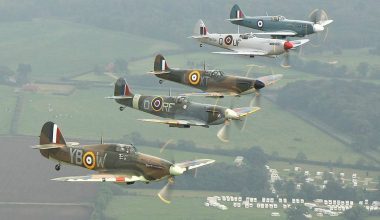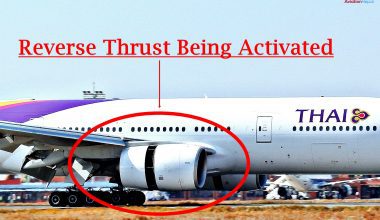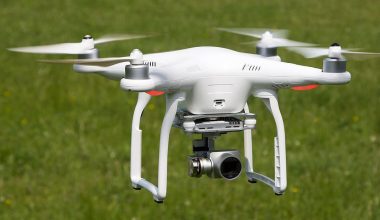Takeoff is the flight phase in which an aircraft leaves the ground and gets airborne. This usually includes beginning the transition from the ground on a runway for horizontal takeoffs. Some VTOL aircraft do the vertical take-off and do not require horizontal takeoff.

When the aircraft is on the runway, the aircraft engine produces a significant amount of thrust. This drives the aircraft when the aircraft reaches the particular speed of the aircraft takeoff. The takeoff speed of aircraft depends open the types of aircraft. If it is a small dual-engine Cessna or a Jumbo jet A380, the speed definition is the same for both aircraft types. These speeds are measured before takeoff in combination with aircraft weight, environmental factors, etc.
Takeoff speeds are the primary safety element for takeoff and allow pilot situations sight and decision-making in a very complicated situation. The use of incorrect takeoff speeds can lead to tail strikes, rejected high-speed takeoffs, or degraded initial climbs.
Take off speed of some aircraft
| Aircraft | Speed in Knots | Speed in km/h | Speed in mph |
| A320 | 150 kts | 275 km/h | 170 mph |
| A330 | 160 kts | 296 km/h | 184 mph |
| A340 | 155 kts | 290 km/h | 180 mph |
| A350 | 155 kts | 290 km/h | 180 mph |
| A380 | 165 kts | 305 km/h | 189 mph |
| B737 | 130 kts | 250 km/h | 150 mph |
| B747 | 155 kts | 290 km/h | 180 mph |
| B757 | 140 kts | 260 km/h | 160 mph |
| B777 | 160 kts | 296 km/h | 184 mph |
| B787 | 165 kts | 305 km/h | 189 mph |
Read More
V-Speed
In aviation, V-speeds are standard terms used to describe airspeeds necessary or useful for all aircraft operations. These speeds are derived from aircraft designers’ and manufacturers’ data during flight tests for aircraft type-certification tests. They are considered a best practice to maximize air protection, aircraft efficiency, or both. The V-speeds are specified in the Regulations. They are usually characterized by limitations such as weight, configuration, or flight phases.

In aircraft, the most typical and most essential safety airspeeds are shown on the face of the airspeed indicator as color-coded arcs and lines:

- The bottom of the green arc is the stalling speed with retracted wing flaps: VS1
- The lower ends of the white arc are the full extended stalling speed with wing flaps: VS0
- The fastest speed for normal operations is the upper end of the green arc: VNO
- The maximum flap speed is the upper end of the white arc: VFE
- The red line is never more than speed: VNE
V1
V1 means the maximum takeoff speed at which the pilot must take the first action (e.g., apply brakes, reduce thrust, deploy speed brakes) to stop the aircraft at an accelerate-stop distance. V1 also means the minimum speed at takeoff, following the vital engine’s failure at VEF, at which the pilot can continue to take off and reach the necessary height above the takeoff surface within the takeoff distance. It is also called decision speed.
[the_ad id=”31422″]V2
V2 is the safe speed of takeoff. It is the minimum speed that must be sustained up to the acceleration altitude in the event of engine failure after V1. Flight at V2 ensures that the minimum climb gradient needed is achieved and that the aircraft is controllable.
VR
Vr or Rotate is defined as the speed at which the pilot begins to apply control inputs to make the aircraft nose move up, leaving the ground behind. The best way to memorize the rotational speed is the point where the nose leaves the ground, and the vortexes are generated at the tips of the wings that spin behind the aircraft. Besides, the point at which the main gear leaves the ground is when the aircraft reached the Vlof – to lift the speed off.






